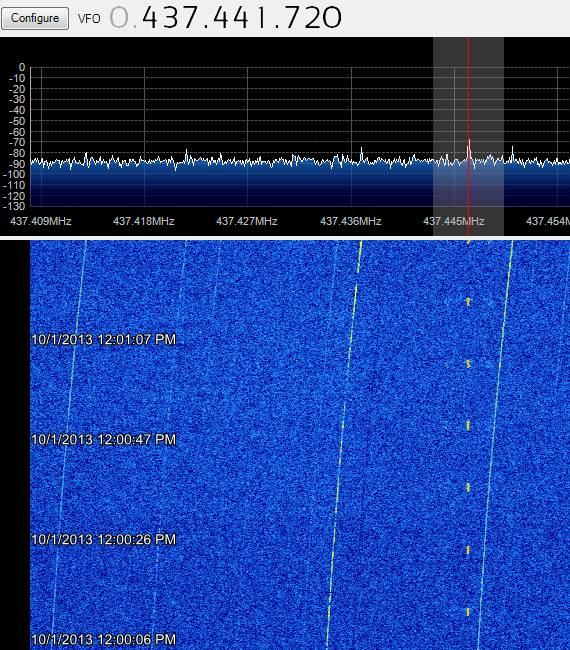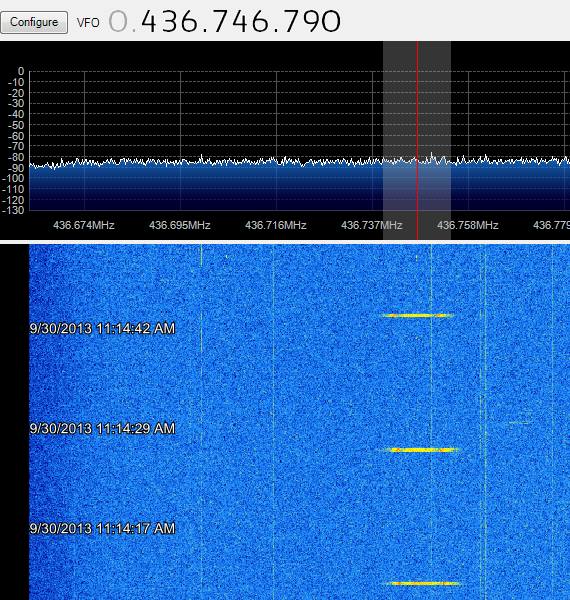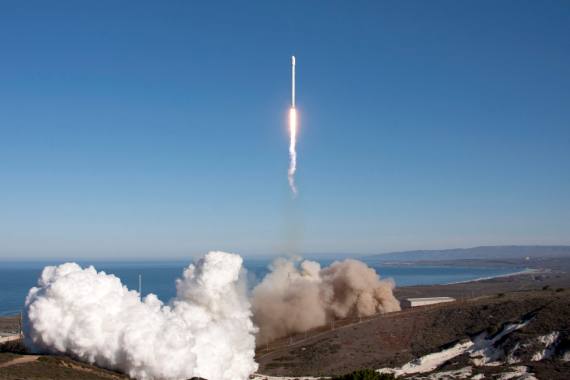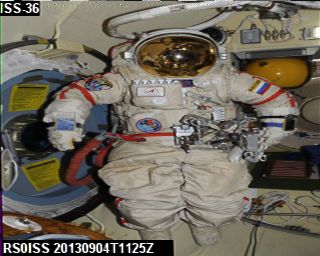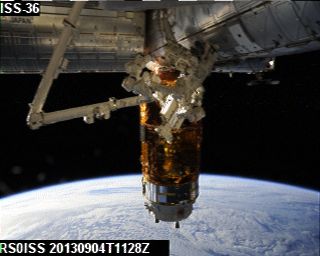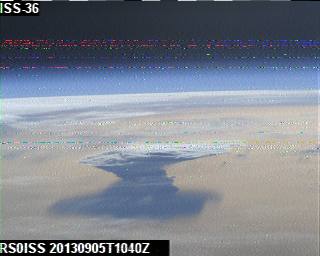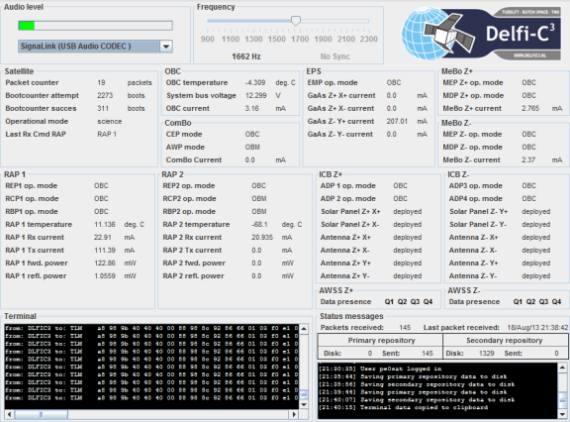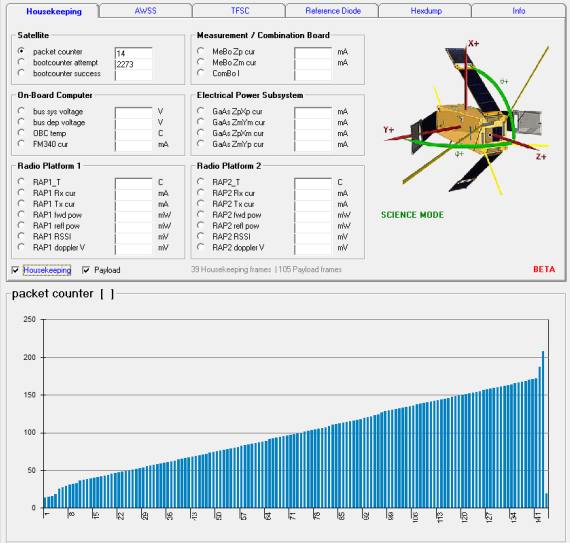After being confronted with a large number of objects via celestrak.com I saw T.S. Kelso his tweet on twitter where he is also trying to find out why there are so many object after the Falcon 9 v1.1 launch. “Trying to make sense of today’s Falcon 9 launch. There were supposed to be 6 payloads, but we have 20 objects (so far). TLEs are online.” Via Spacenews I found the following possible explanation for this.
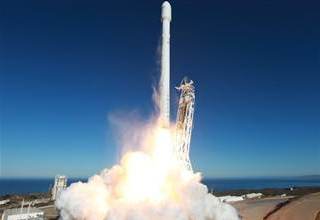 U.S. Space Surveillance Network is tracking a large number of objects after Falcon 9 v1.1 Launch.
U.S. Space Surveillance Network is tracking a large number of objects after Falcon 9 v1.1 Launch.
SpaceX issued a statement Oct. 1 denying speculation that the upper stage of its Falcon 9 v1.1. rocket exploded on orbit following the rocket’s successful demonstration launch Sept. 29 from the Vandenberg Air Force Base in California.
The speculation was spawned in part by the fact that the U.S. Space Surveillance Network is currently tracking more orbital objects associated with the launch than expected.
“Regarding the rumors you may have heard about the Falcon 9 second stage, in short, our data confirms there was no rupture of any kind on the second stage,” SpaceX spokeswoman Emily Shanklin wrote in an Oct. 1 email. “Following separation of the satellites to their correct orbit, the Falcon 9 second stage underwent a controlled venting of propellants … and the stage was successfully safed. During this process, it is possible insulation came off the fuel dome on the second stage and is the source of what some observers incorrectly interpreted as a rupture in the second stage.”
SpaceX attempted to reignite the upper stage after payload separation in a demonstration of a capability it will need to place satellites into the proper geostationary transfer orbit. However, the re-ignition sequence was aborted after a problem was detected, SpaceX Chief Executive Elon Musk told reporters in a post-launch teleconference.
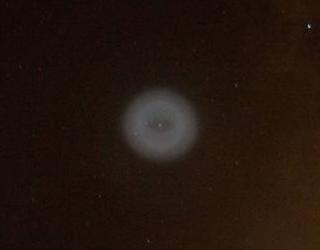 Following the launch, an eyewitness in Reunion Island off the eastern coast of Madagascar posted a photograph on the website Reddit of what amateur astronomers later determined was a cloud of rocket propellent surrounding the spent Falcon 9 1.1 upper stage. By Sept. 30, the U.S Air Force-run Space Surveillance System was tracking 20 objects associated with the launch in low Earth orbit. Experts were expecting to see 11 objects, including Cassiope; the three secondary payloads, one of which released seven independently flying objects; and the upper stage.
Following the launch, an eyewitness in Reunion Island off the eastern coast of Madagascar posted a photograph on the website Reddit of what amateur astronomers later determined was a cloud of rocket propellent surrounding the spent Falcon 9 1.1 upper stage. By Sept. 30, the U.S Air Force-run Space Surveillance System was tracking 20 objects associated with the launch in low Earth orbit. Experts were expecting to see 11 objects, including Cassiope; the three secondary payloads, one of which released seven independently flying objects; and the upper stage.
SpaceX’s explanation of events is copied below:
Following separation of the satellites to their correct orbit, the Falcon 9 second stage underwent a controlled venting of propellants (fuel and pressure were released from the tank) and the stage was successfully safed. During this process, it is possible insulation came off the fuel dome on the second stage and is the source of what some observers incorrectly interpreted as a rupture in the second stage. This material would be in several pieces and be reflective in the Space Track radar. It is also possible the debris came from the student satellite separation mechanisms onboard. SpaceX will continue to review to help identify the source of the extra debris, but our data confirms there was no rupture of any kind on the second stage.
Source: Spacenews

